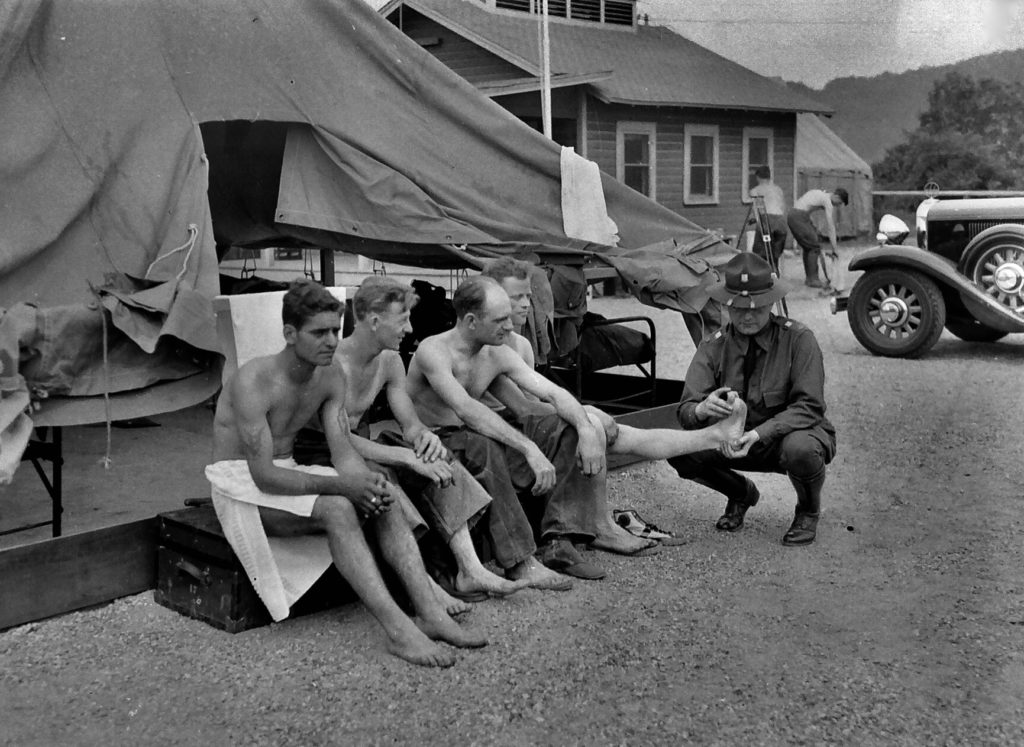Kaufman’s Brooklyn: 12 photos of ‘World War II: On the home front’

My father, Irving Kaufman (1910 – 1982), was a professional photographer who started in Brooklyn in the mid 1930s working for the Brooklyn Daily Eagle. He captured thousands of images of Brooklyn through the 1950s. I have recently digitized a great many of them. My father’s profile can be found here.
This week’s theme:
The photos for this week will show home front activities that supported World War II. Needless to say, the war was the dominant reality of life for Americans from before we entered WWII until well past its conclusion. That was nowhere more true than in Brooklyn. According to Thomas J. Campanella, author of last year’s masterpiece of research, writing and originality, “Brooklyn: Once and Future City,”

Brooklyn Boro
View MoreNew York City’s most populous borough, Brooklyn, is home to nearly 2.6 million residents. If Brooklyn were an independent city it would be the fourth largest city in the United States. While Brooklyn has become the epitome of ‘cool and hip’ in recent years, for those that were born here, raised families here and improved communities over the years, Brooklyn has never been ‘uncool’.